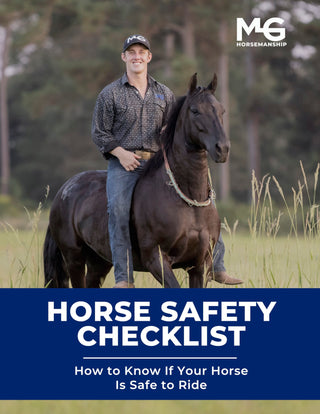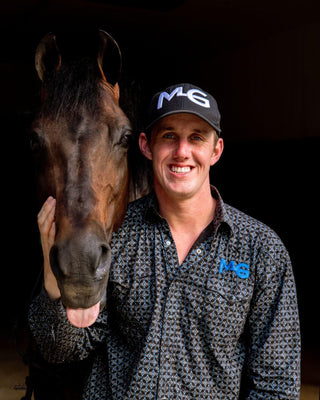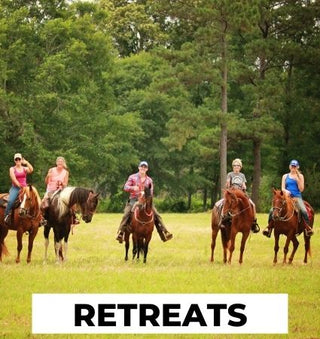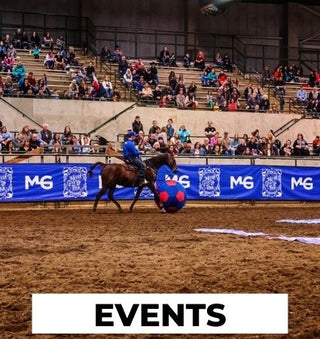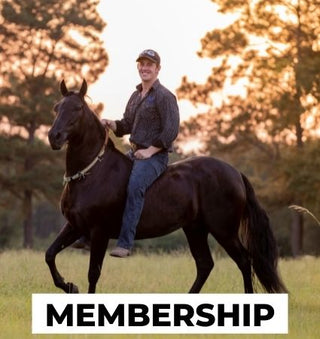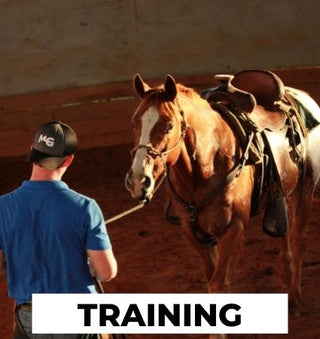Watch the Video Here or continue reading below!
When it comes to horseback riding, one of the most important elements for both rider and horse is saddle fit. A well-fitted western saddle not only ensures the comfort of the horse but also improves the rider's experience. In this blog post, we'll discuss essential tips for fitting a western saddle, using the example of a horse named Thunder, an Arabian Friesian cross, to demonstrate proper fitting techniques.
1. Choosing the Right Saddle Pad for Your Horse
One of the first things to consider when fitting a western saddle is the saddle pad. The pad should be large enough to cover the horse’s back evenly, ensuring that it doesn’t slide around or cause any discomfort. In this demonstration, we used a Keester holder with a CSI pad underneath. Notice how the front of the saddle pad is slightly lifted to prevent it from binding on the horse's withers.
Why the Pad Placement Matters
Placing the saddle pad flat on the horse’s back can sometimes draw the pad down on the withers, restricting shoulder movement. By lifting the front of the pad, you ensure the horse has full freedom of movement. Additionally, it’s better to use an oversized saddle pad than an undersized one. An oversized pad ensures that the edges of the saddle are covered, reducing any potential discomfort or friction.
2. Examining the Fit of the Saddle
When fitting the saddle, it’s crucial to check for evenness all around the horse’s back. As you can see from our demonstration, the saddle sits flat and square, with only a small gap along the spine. This gap is normal and doesn't indicate a fitting issue. However, it’s essential that the saddle skirt doesn't extend too far back over the horse’s haunches, as this could cause rubbing on the hip bones.
Avoiding Common Saddle Fit Problems
An oversized saddle with a skirt that rubs against the horse’s bones can lead to discomfort and sores. Likewise, if the saddle doesn’t sit evenly or is too tight, it can cause skin irritation or even pain. A good saddle fit should look smooth and even from all angles, ensuring that the horse can move freely without any pressure points.
3. Selecting the Right Saddle for Your Riding Purpose
One key factor to consider when fitting a western saddle is choosing a saddle that suits your riding discipline. For example, endurance saddles are lightweight and designed for long-distance riding, while a jumping or dressage saddle would not be appropriate for mountain riding. The saddle should match the activity you're planning to do with your horse.
Why Saddle Purpose Matters
If you’re a pleasure rider, using an endurance saddle may not be the most suitable choice for your needs. Instead, opt for a saddle designed to provide support and comfort for the specific type of riding you’ll be doing. For a horse like Thunder, a western saddle built for both control and comfort is ideal, especially for working with a horse that might be a bit more energetic and spooky.
4. Final Thoughts: A Well-Fitted Saddle Makes a Difference
Proper saddle fitting is key to ensuring the comfort and performance of your horse. By using the right saddle pad, ensuring the saddle fits evenly, and selecting a saddle designed for your specific riding style, you can help your horse stay comfortable and perform at their best.
Remember, a good saddle fit not only benefits your horse but also improves your riding experience, giving you more confidence and control. If you follow these tips and pay attention to your horse’s comfort, you’ll be ready to hit the trail with ease.
Takeaway Tip: Always ensure your saddle is properly fitted to avoid discomfort for both you and your horse. When in doubt, consult a professional saddle fitter to make sure everything is just right.


